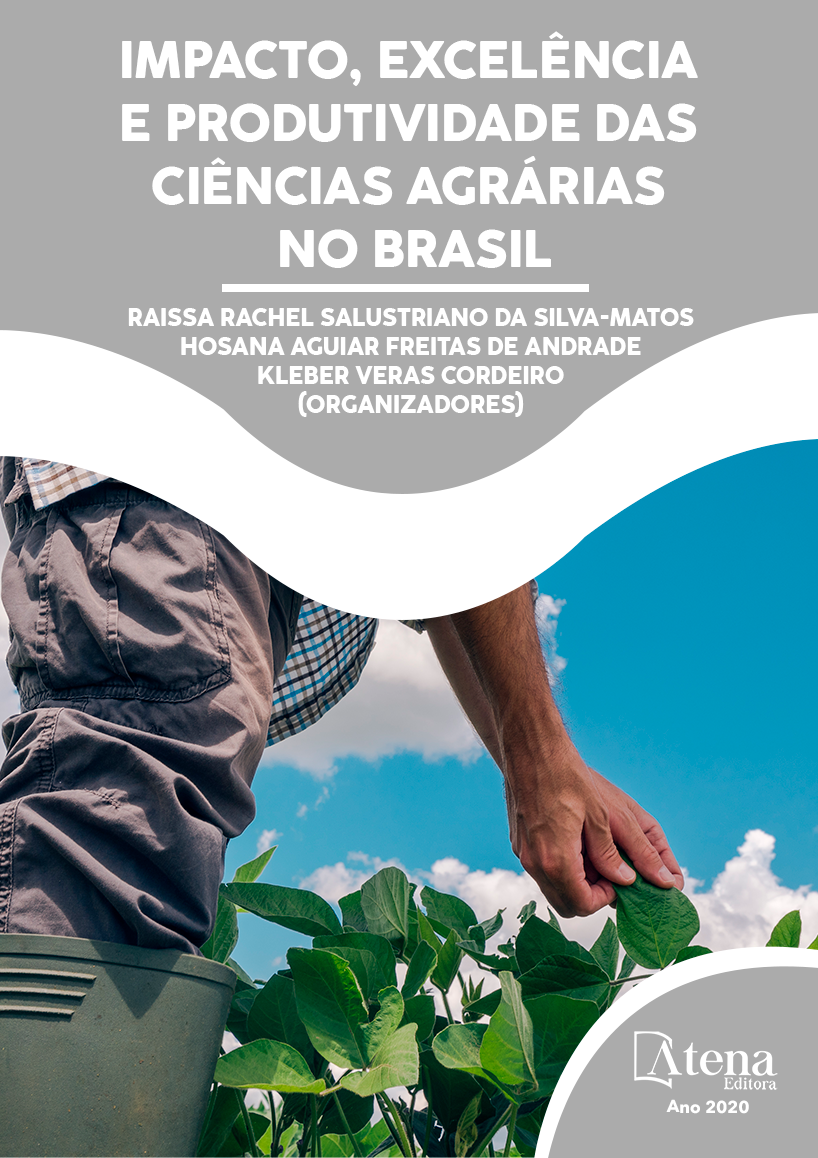
BALANÇO DE ENERGIA NOS PERÍODOS SECO E CHUVOSO EM DIFERENTES ECOSSISTEMAS – FLORESTA PRIMÁRIA E SECUNDÁRIA NA AMAZÔNIA CENTRAL
O entendimento do balanço de energia em áreas de florestas da Amazônia é necessário para a compreensão sobre o desenvolvimento e os processos climáticos que ocorrem nessas áreas. Este trabalho consiste em verificar a variação sazonal dos fluxos de energia e analisar o fechamento do balanço de energia em superfície, comparando os resultados de uma área de vegetação intacta com as de uma área de floresta secundária na Amazônia Central. Os dados utilizados foram coletados em 2016 e fornecidos pelo Programa de Larga Escala da Biosfera-Atmosfera (LBA) no Instituto Nacional de Pesquisas da Amazônia (INPA). Os dados coletados por instrumentos instalados em duas torres de observação micrometeorológica, a saber: torre “Instant”, com 82 metros, instalada numa área de vegetação primária de terra firme, localizada na Reserva de Desenvolvimento Sustentável do Uatumã (RSDU) e a torre “ZF3” com 36 metros, presente numa região de floresta secundária, localizada em uma área onde se desenvolvem estudos do projeto Dinâmica Biológica de Fragmentos Florestais (DBFF), coordenado pelo INPA. Conclui-se, a partir dos resultados obtidos, que o desmatamento nas áreas de floresta causa efeitos negativos em diversas escalas temporais e espaciais, diminuindo a evapotranspiração e, consequentemente, a formação de nuvens, o que interfere na precipitação local, resultando em uma floresta mais seca.
BALANÇO DE ENERGIA NOS PERÍODOS SECO E CHUVOSO EM DIFERENTES ECOSSISTEMAS – FLORESTA PRIMÁRIA E SECUNDÁRIA NA AMAZÔNIA CENTRAL
-
DOI: 10.22533/at.ed.7512002048
-
Palavras-chave: Balanço de energia; Fluxos de calor; Saldo de radiação.
-
Keywords: Energy Balance; Flows Energy; Radiation Balance.
-
Abstract:
The understanding of the energy balance in Amazonian forest areas is necessary to understand how the partitioning of this energy affects the development of these forests, as well as the climatic processes that occur in these areas. This work consists in verifying the seasonal variation of the energy fluxes and analyzing the closure of the surface energy balance, comparing the results of an area of intact vegetation with those of a secondary forest area in Central Amazonia. The data used were collected in 2016 and provided by the Large Scale Biosphere-Atmosphere Program (LBA) at the National Institute of Amazonian Research (INPA). The data collected by instruments installed in two micrometeorological observation towers, namely: "Instant" tower, with 82 meters, installed in an area of primary vegetation of mainland, located in the Reserve of Sustainable Development of the Uatumã (RSDU) and the tower " ZF3 ", located in an area of secondary forest, located in an area where studies of the Biological Dynamics of Forest Fragments (DBFF), coordinated by INPA, are being developed. It is concluded from the results obtained that deforestation in forest areas causes negative effects at several temporal and spatial scales, reducing evapotranspiration and, consequently, cloud formation, which interferes with local precipitation, resulting in a forest more dry.
-
Número de páginas: 14
- Hillândia Brandão da Cunha
- Alessandro Augusto dos Santos Michiles
- Mariana Gonçalves dos Reis
- Raíssa Soares de Oliveira


